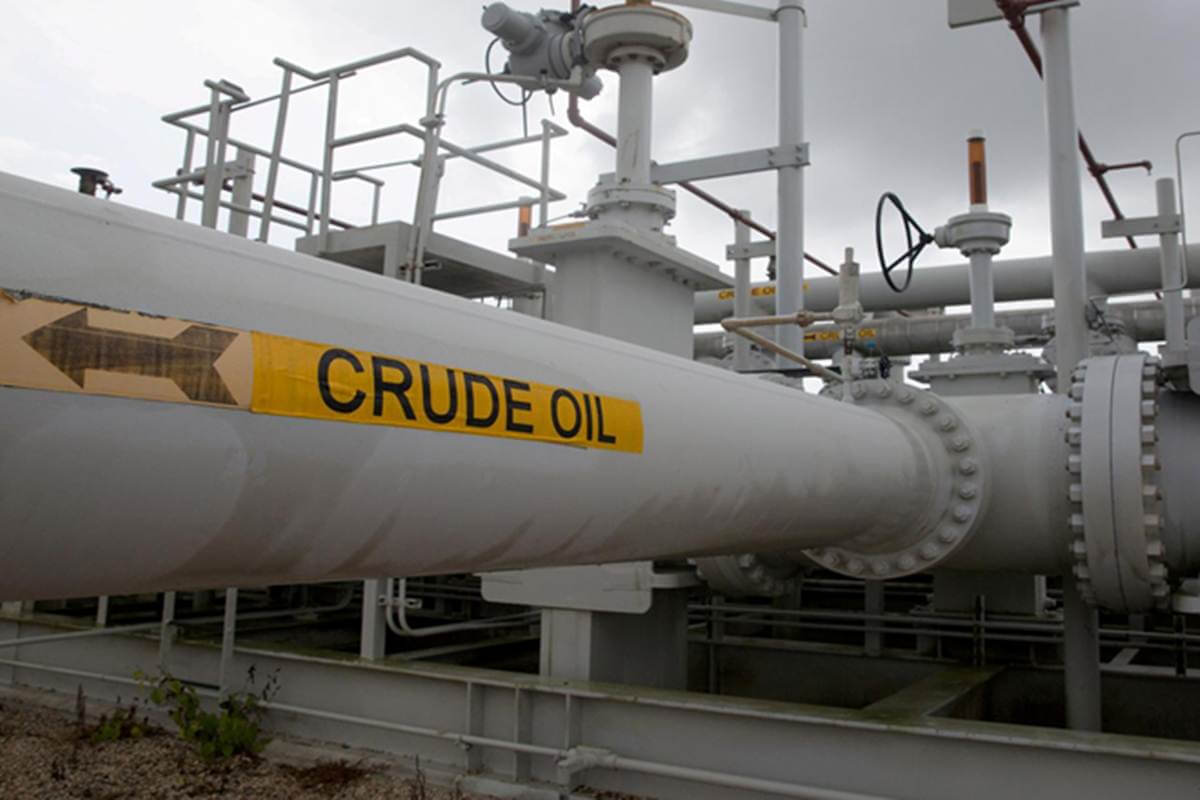On April 20, the price of crude oil in the United States fell below zero for the first time in history, throwing investors around the world off guard and demonstrating the severity of damage caused by the ongoing coronavirus pandemic. As the COVID-19 lockdown eats into global demand for oil, the price collapse has sent shockwaves across global financial markets, threatening tremendous economic suffering, poverty, and political instability. However, what does this mean for the Indian economy?
India is the world’s third-largest oil consumer. According to government data, India consumed 4.48 million barrels a day of oil in April 2019, including about 690,000 barrels a day of gasoline and 1.8 million barrels of diesel. The country also imports over 80% of its crude oil requirements, meaning that plummeting prices would serve as a boon, as they would significantly cut India’s import bill–estimated at $102 billion in 2019-20–and also narrow its current account deficit. Lower crude oil prices would also soothe inflation by driving down the cost of production. Unfortunately, however, many of the gains from lower crude oil prices are offset by the ongoing impact of the coronavirus-induced lockdown.
While past oil shocks have been driven by either supply or demand, the price collapse of 2020 was not purely a supply shock, wherein lower prices benefit oil-consuming nations like India, but also a result of weakened demand. The inversion of prices on April 20 was triggered by an overflow of unsellable oil in the tank farms of Cushing, Oklahoma, where U.S. oil futures are settled. For the first time ever, sellers had to pay people off to take oil off of their hands so as to not overwhelm domestic storage capacities.
In India, too, strategic petroleum reserves (SPRs) in Mangalore, Padur, and Vizag are full, leaving the country unable to take advantage of the price crash, since there is no oil coming in. Though these reserves can serve as a cushion against any supply disruptions, they are also comparatively smaller than many advanced and emerging economies. Bloomberg Quint reported last month that due to the national lockdown, demand in the country has collapsed by almost 70%, equating to a staggering 3.1 million barrels of lost oil per day. This also affects state refineries, which are not being used to their full capacities. Companies like Indian Oil Corporation Limited (IOCL), Bharat Petroleum Corporation Limited (BPCL), and Hindustan Petroleum are losing revenue, with the prices of all petroleum and related products sinking and inventory costs shooting up. With limited storage spaces available, companies are already looking at ways to lower their production. For example, IOCL has a refining capacity of 80.7 million tons per annum, but had to declare a force majeure on its supplies from Saudi Arabia, UAE, Kuwait, and Iraq. Local refineries have taken similar measures to deal with the disruptions in fuel demand.
Low oil prices have also cast a shadow on the fortunes of upstream oil companies–who identify, extract, or produce raw materials–like Oil and Natural Gas Corporation Limited (ONGC) and Oil India Ltd (OIL). Shares of both firms have already fallen significantly on the National Stock Exchange of India (NSC). Some experts claim that even after the pandemic is over, fortunes are unlikely to improve as it would take a long time to burn off so much crude, which would prolong the demand-supply issue. Oil producers would, therefore, have to re-work their business plans due to the price plunge. For instance, ONGC has already asked the Indian government to waive oil cess and any royalty fees for now, as the company’s average rate of USD 22 per barrel does not cover its operating costs. Additionally, the slump in natural gas prices is leading to a loss of about INR 6,000 crore annually for ONGC.
Another concern stemming from the persisting pandemic is that it could impact foreign investments in India. One of the casualties could be Saudi Aramco’s plan to invest as much as $15 billion for a 20% stake in the oil and chemical businesses of Reliance Industries, which was announced in August last year. The crisis could also affect the plans of global oil giants to bid for the government’s stake in BPCL, which is being lined up for privatization.
Therefore, while oil price collapses traditionally benefit oil-consuming nations like India, the demand-side shock induced by the COVID-19 pandemic renders India’s gains from the ongoing situation negligible, if not non-existent. Even if India could buy oil during this period–provided that its tanks were not all filled to the brim–to save some money, a weaker currency would ensure that it spends comparatively more. The rupee is currently trading at 75.88 per US dollar. Furthermore, the crash does not offer any benefit to consumers in the short run either. In the face of such low prices, the government could raise oil-related taxes to supplement its revenue collections, which would prevent any significant decline in petrol and diesel prices in the country. Besides, any savings from lower fuel costs in the hands of consumers is unlikely to result in a boost to consumption or growth due to people being confined to their homes.
Image Source: Financial Express

